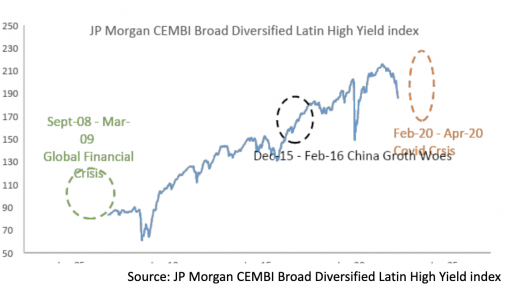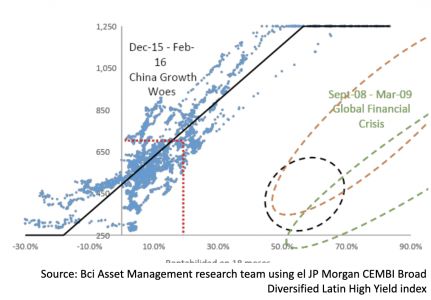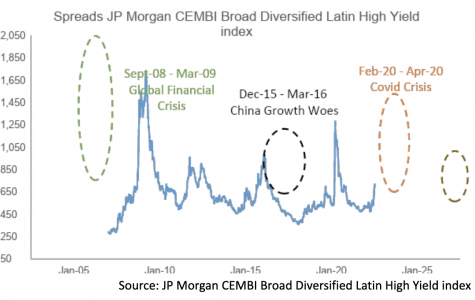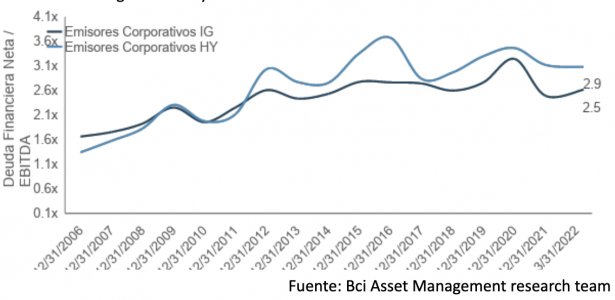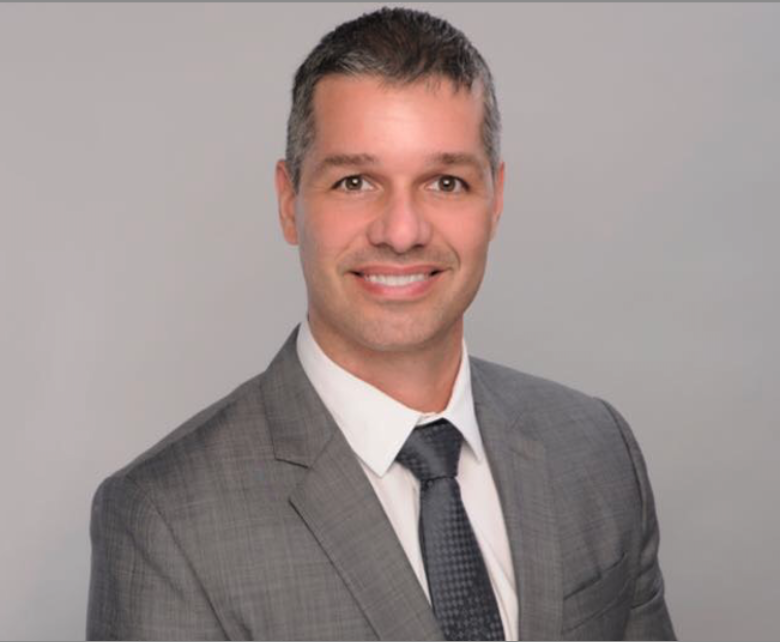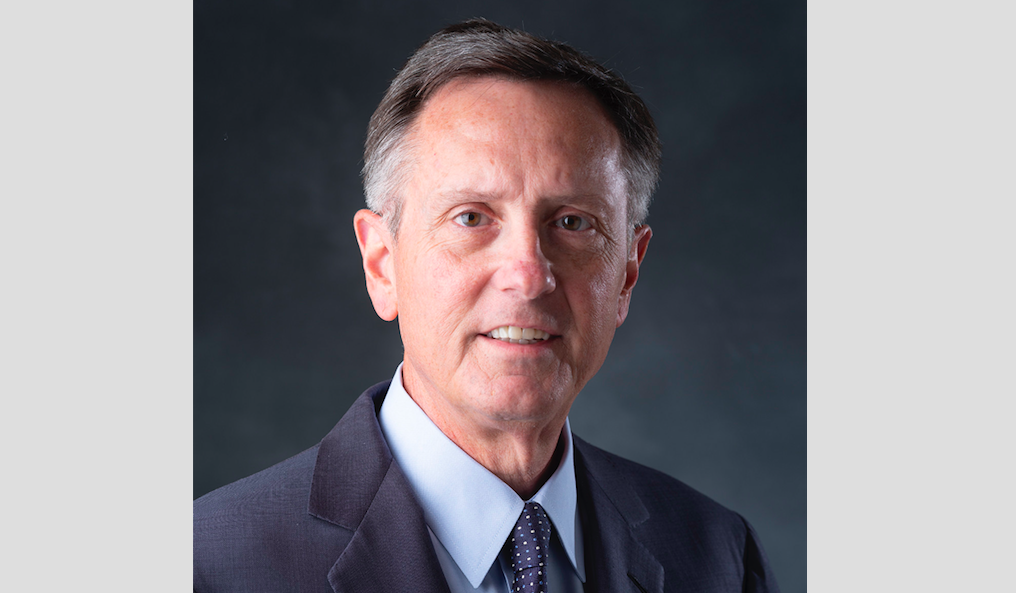Dynasty Financial Partners Forms Partnership with Pontera to Improve Client Retirement Outcomes
| For Marcelo Soba | 0 Comentarios
Dynasty Financial Partners and financial technology company Pontera announced a partnership to allow RIAs in Dynasty’s network to fully manage 401(k), 403(b), and other held away accounts for their clients in a secure and compliant manner leveraging Pontera’s SOC 2 certified platform.
Since 2010, the time of Dynasty’s founding, assets in employer-sponsored retirement accounts have more than doubled from $4.9 trillion to over $11 trillion as of year-end 2021. In addition to market appreciation, this growth is attributable to declines in rollovers due to retiree-friendly plan policies and better in-plan investment options, the company said.
A recent Cerulli report found that of the $3.3 trillion eligible for a distribution last year, 73% remained in-plan. Bipartisan support of accommodative legislation in the SECURE Act 2.0 and the re-enactment of the DOL Fiduciary rule suggest that the trend of employer-sponsored plan growth will only continue.
Consequently, the need for investment advice in these accounts has grown; a recent J.P. Morgan survey found that 62% of plan participants wish they could completely hand over retirement planning to an expert.
Historically, however, financial advisors have struggled to help clients with these accounts as they are typically held off wealth management advisory platforms (or “held away”). Pontera’s technology addresses this gap by allowing advisors to trade held away accounts for their clients. Pontera’s data integrations into portfolio accounting systems means that wealth managers can also run performance reporting, portfolio analytics, and trade surveillance, enabling advisors to provide clients with the same level of service on held away accounts as custodied accounts. Advisors can increase their revenue while providing a comprehensive financial picture through the addition of retirement plan accounts.
“At Pontera, our mission is to be a bridge to a better retirement for investors everywhere by allowing them to get the management they want and need in their held away accounts,” said David Goldman, Pontera’s Chief Business Officer. The benefit of professional investment management to clients can be monumental; research shows professionally managed accounts can generate over 3% in additional value per year, net of fees, and potentially even more during times of volatility like the first half of 2022. “We are humbled and excited to partner with Dynasty, who we view as a pioneer and leader in the independent wealth management space, in pursuit of our goal,” Goldman added.
“At Dynasty, we help leading advisor teams transition to independence so they can provide customized, holistic advice to their clients in ways that may not be possible in other channels,” said Shirl Penney, Dynasty’s CEO. “Managing employer sponsored retirement accounts is critical to delivering a comprehensive service to clients. We are thrilled to have found a provider that can deliver the capability in a scalable, secure, and compliant manner. We look forward to launching with Pontera to bring held away account management to all of our teams and their clients.”
Dynasty will handle the operational elements of Pontera’s services for firms within its network, including billing and performance reporting integration, allowing them to focus on delivering best-in-class client services. Dynasty joins a number of other fintech providers in recently announcing partnerships with Pontera.


